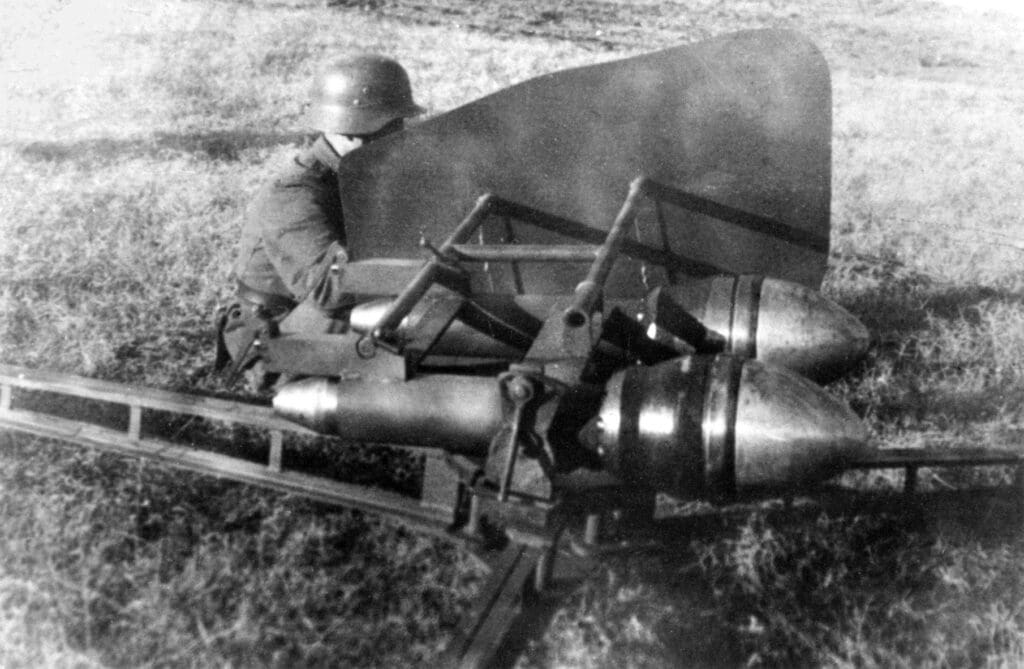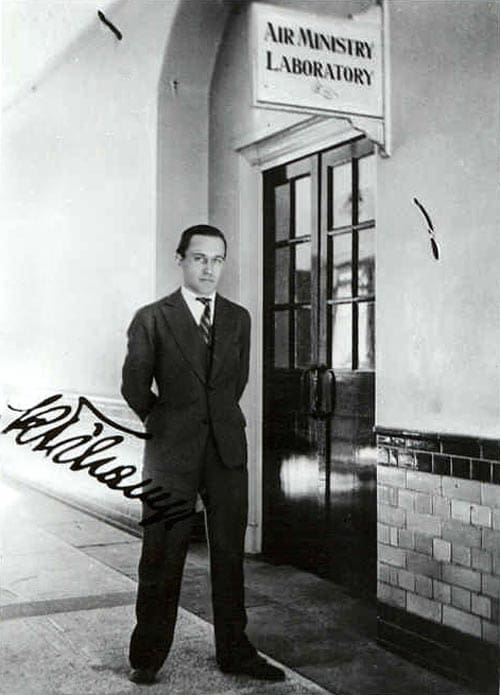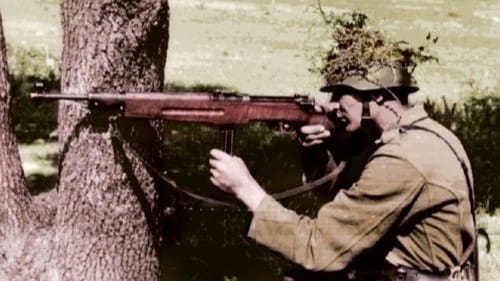Hungarian Conservative has already covered the history and the usage of many weapons originating in Hungary. Among them is the Fokos, the commoner’s axe of the mountainous regions of the Carpathian Basin known for being used up to this day, as well as different variations of the Hungarian Sabre. We also wrote about Hungarian martial arts traditions, many of which involve the usage of historical weapons, such as, for example, the nomadic bow.
In this article we will introduce our readers to the realm of Hungarian weaponry of the 20th century, namely projectile-shooting firearms of the Second World War and the Interbellum, the period between the two World Wars. To a modern observer, some of the technologies may appear rather peculiar and experimental, however, many others in the list were cutting-edge innovations that changed the way war was waged in a multitude of aspects.
While Hungarians also contributed to weapon designs and manufacturing after WWII as well as prior to the collapse of the Austro–Hungarian Empire, distinctive Hungarian schools of weapon manufacturing were largely absent. Instead, this domain was dominated by weapons from other nations, specifically Soviet and Austrian–German ones respectively. As opposed to that,
in the 1930s and 1940s distinctly Hungarian firearms were developed,
demonstrating Hungarian engineering brilliance and creativity.
The new combat conditions of the First World War, often characterized by narrow-spaced close-quarter fights, required compact, high-rate-of-fire weaponry suitable for the new type of warfare. The belligerent nations entered the conflict armed with 19th-century technology, but closer to its conclusion, they were engaged in endeavours to develop compact automatic weapons capable of firing pistol rounds—a transformative shift that permanently reshaped warfare. Even after the end of the first global conflict the development efforts continued.
The ingenious Hungarian weapon designer and engineer Pál Király was among the ones who realized the need of rearming the country. However, the rearmament of Hungary was inherently difficult, as the Treaty of Trianon seriously limited the size and capacities of the Hungarian military, therefore weapons research and development had to be conducted secretly, without attracting the attention of the international observers.
After years of experimentation, the joint efforts of the Institute of Military Technology, Pál Király, another Hungarian engineer, József Kucher and developers of the Danuvia Plc weapon manufacturing company culminated in the creation of Danuvia 39M, colloquially referred to as the Király submachine gun.
Later, the design was honed to produce even better technology, and thus the 43M model came into being.
The design of this weapon, including all of its modifications, essentially allowed to make the most out of the concept of the submachine gun. A powerhouse of a weapon, it used the 9×25mm Mauser cartridges. The gun was popular and well-liked by the Hungarian army and its allies alike, but also by enemy soldiers who could occasionally get their hands on it. Due to some economic and political delays—the Hungarian government underestimated the duration of the war and belatedly recognized the need for more of these weapons—only between 5,000–10,000 units were produced before Hungary was occupied by the Soviets. That said, the gun was utilized even after the war by police units and the army until the late 50s, when the mandatory transition to Soviet arms and munitions began. Moreover, there are records of this being the weapon of choice among the 1956 revolutionaries, in whose hands the Király submachine, for the last time in its history, proved to be a formidable firearm.
As it became more apparent that the Axis powers will lose the war, and the Soviets were approaching the borders of Hungary, Hungarian weapon designers and engineers tried to turn the tides of war by producing a weapon that might become a gamechanger. Upon realizing the superiority of Soviet tanks, the Axis powers tried to come up with a technological response to the armoured vehicles of their enemy. The situation for Hungary was especially aggravated by the fact that the Germans were reluctant to share with their ally the blueprint of the Panzerfaust, the legendary portable anti-tank system of their design. Through research and experimentation, in 1942 the Hungarian Institute of Military Technology came up with the idea of a truly gargantuan 215mm 44M anti-tank projectile, the technology that was possibly the first heavy anti-tank missile in the world.
The innovation that came into being in 1944 is now known as the 44М Buzogányvető (‘mace thrower’).
The weapon’s rockets were capable of penetrating up to 300 millimetres of tank armour or concrete, and had an effective range of anywhere between 500 to 1200 metres. Most of the manufactured units of that weapon saw combat during the siege of Budapest, where they were used either on top of armoured vehicles or installed directly on the ground. The Russians viewed this weapon as highly effective and respected its sheer power, however, they shut down the manufacturing of the Buzogányvető right after they captured Csepel Island in Budapest where the factory operated. As it was the case with the Király submachine gun, notwithstanding the unequivocal effectiveness of the weapon, its production began too late to influence the outcome of the war. Owing to the development of the Buzogányvető, right after the USA and Germany, Hungary holds the title of the third nation in the world that adopted deployable anti-tank missiles, pioneering the usage of this type of technology that exists up to this day.

Albeit the concept of the last weapon sounds like straight out a science-fiction franchise,
Hungarians were seriously exploring the possibilities of building a sonic weapon,
with Regent Miklós Horthy himself becoming interested in the project. Before the war broke out, a Hungarian inventor and physicist, Kálmán Tihanyi, had a plan of creating a device that could send ultrasonic waves to kill insects, in order to later utilize this in the agricultural sector. Serving a world war effort was not included in the plans of Tihanyi, a renowned electrical engineer whose most important inventions, bought and developed by RCA, Loewe, and Fernseh AG, revolved around the design of the cathode ray tube for television.

However, Miklós Horthy personally met Kálmán Tihanyi on multiple occasions with the goal of encouraging the inventor to produce a prototype of this miracle weapon, which came to be known as the Titán. The plan consisted of devising a mechanism with a parabolic mirror to focus and control sound waves, with the effective range of the weapon reaching eight kilometres, that would scourge the enemy. However, Tihanyi was not happy either about the weapon or about the prospects of its usage, given that upon development, the Nazis would have most likely acquired it. He established contact with German anti-Nazi resistance groups, realized what atrocities his invention could cause, and agreed with his colleagues to intentionally slow down and sabotage the development of the Titán. Given that a Hungarian had to deliberately refrain from devising a futuristic superweapon, imagine what a determined Hungarian weapon designer could have done!
Jokes aside, even though some of the weapons discussed here never saw the light of day or emerged too late to make a significant impact on the front line, the ones that were manufactured were formidable and earned commendation from the the allies and enemies of Hungary alike, which tells a lot about the glorious Hungarian military tradition and scientific prowess.








